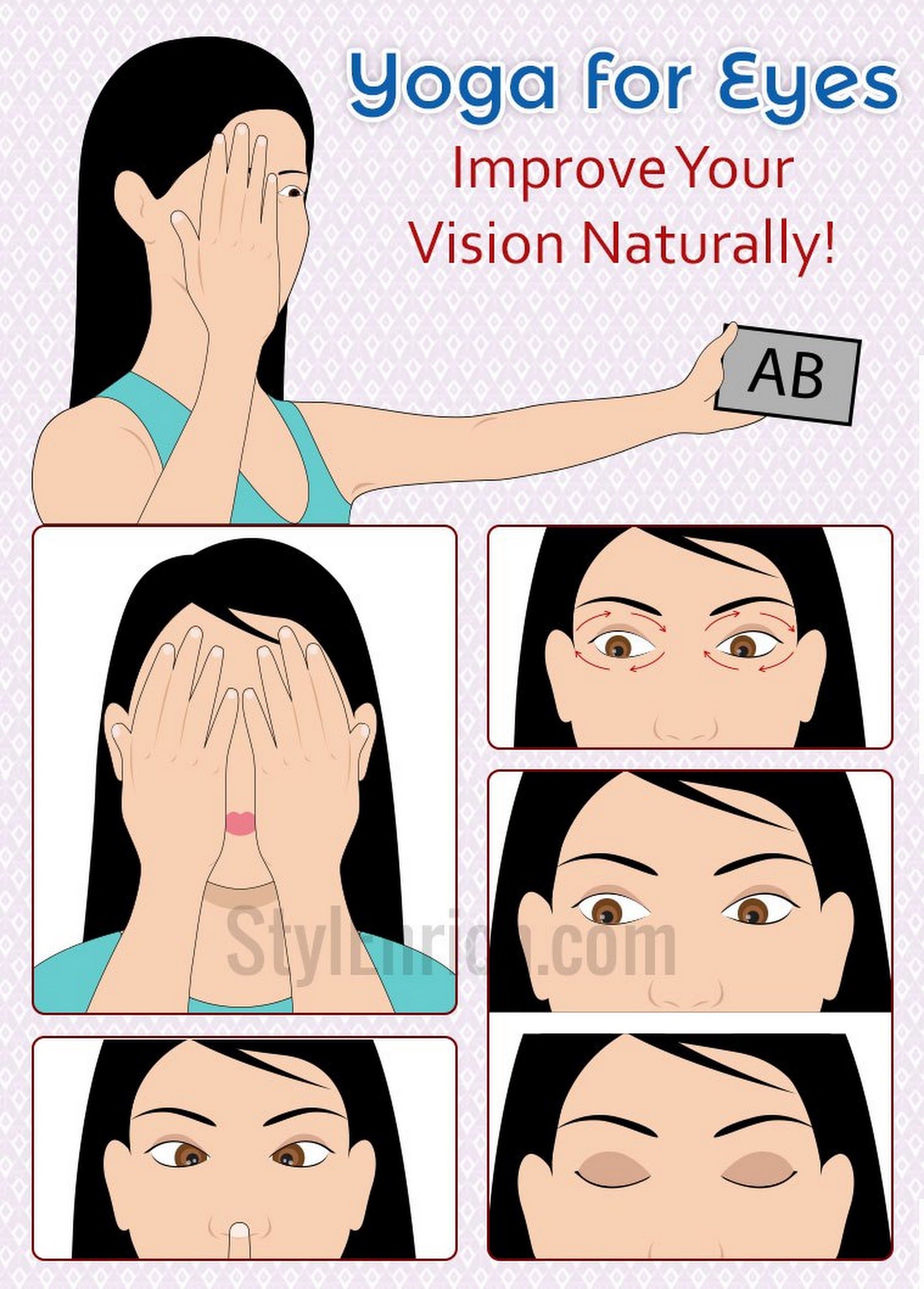
Iyengar yoga, a challenging and rewarding practice, is easy to learn and is focused on alignment. Each class has a specific peak pose, and the postures leading up to it are based on these. For example, a King Pigeon pose could require balance poses on one side, hip-openers and backbends. Iyengar classes don’t just move through the poses. They hold them for longer periods of time. This allows students to align themselves properly and move deeper into each pose.
Pranayama
Iyengar yoga is for all levels. Its strong emphasis upon posture allows everyone to benefit. Long poses and controlled movements can prevent injuries, improve balance, and increase flexibility. Beginers can use props to aid them in developing their poses without getting injured. Iyengar yoga offers many benefits. These are just a few:
The first benefit of pranayama is the improvement of concentration. Pranayama in Iyengar yoga involves noticing the quality your breath. It can be uncomfortable to pause for too long. To learn the correct breathing pattern, begin by listening to your breath. The natural pauses should last no more than a few moments. Next, concentrate on breathing through your nostrils. This will allow you to have a smooth and steady breath, even under stress or strain.

Props can also help prevent injury by ensuring correct body alignment. Props like chairs, wooden blocks, straps, and belts are helpful to help a student achieve the proper alignment and posture. Props are a great way to reduce stress and increase range of motion. Props can also be used to safely practice difficult asanas. Props are especially useful for older students who may not be capable of performing some of the asanas alone.
Aim for alignment
Iyengar Yoga focuses on proper alignment of the body. This allows the body to develop in harmony and helps prevent injury or pain. Alignment is an important part any yoga practice. However, every person's body is unique, so it is vital to remember that your body's alignment is unique. Props are an important part of Iyengar Yoga. They help you maintain correct posture, and allow you safely to increase the intensity of your yoga poses.
Iyengar is a form of yoga that helps with back and neck problems. It also develops the muscles and posture necessary to maintain proper posture. Iyengar Yoga is known for improving concentration and posture. It can improve posture and help with postural problems by strengthening the muscles that are responsible for correct posture. You'll have more energy and confidence by strengthening the muscles responsible for your posture.
Accessibility
Props are an important part of Iyengar-style yoga. These help you to perform the asanas more deeply and prevent extraneous effort. Iyengar yoga instructors also have extensive certification. Because of this, they are well-versed in the individual needs of each student. They can help students determine which pose is best for them.

Research from the UCLA Pediatric Pain Program indicates that access to Iyengar yoga can help children with chronic pain and other physical issues. One study looked at how Iyengar yoga improved the physical condition and well-being of a fourteen-year-old girl with chronic, severe pain. The results showed that the student made significant functional changes in the short term. The program helped the student stand and eat independently.
Stress relief
Researchers studied the effects of Iyengar yoga on stress relief. The researchers divided women into two groups based on their level of stress: a moderate group attended classes twice a week while the control group did not participate in any yoga classes. The researchers found that the two groups significantly reduced their perceived stress levels after three months of regular attendance at 90-minute yoga classes. This finding is important for stress management programs.
Iyengar yoga, which is based on eight limbs from yoga, was described in the Yoga Sutras by Patanjali. These limbs are designed to ease stress and give you a better understanding of your body, breath, and mind. Everyone is welcome to try yoga, no matter their level of experience. A class of 15 students is suitable for all levels. Instructors have years of experience helping students reach their goals.
FAQ
Why is mental well-being important?
Mental health is essential for everyone. Mental health is crucial for all people. So, it is essential to maintain a healthy mind.
Stress can cause mental problems and even physical symptoms. This could cause problems in the body such as backaches, stomachaches, headaches and stomach pains. For our minds and bodies to be healthy, we need to take care of ourselves.
What does mental health have to do with our daily lives?
Everyone is affected by mental illness at one time or another. The only difference between someone with mental illness, and those without, is the fact that they do not seek help. Talk to someone when you feel that something isn't right. There are many treatments for depression, anxiety and stress.
How can I avoid mental health issues in the future?
It is not easy to prevent mental health problems. But, here are some tips to keep in mind:
-
Don't drink alcohol. Drinking alcohol can cause depression and affect your mood.
-
Avoid drugs. Drugs can affect your brain chemistry and make you feel worse.
-
Sleep well. Sleep deprivation can make you feel anxious and depressed.
-
Exercise regularly. Exercise releases endorphins which can make you happy.
-
Eat healthy foods. You can feel tired and unmotivated if you eat junk food.
-
Spend quality time with those you love. Spending time together with someone you love can boost your mood.
-
Have fun. Have fun and explore new things.
-
Take breaks from social media. Social media sites can make it difficult to feel alone and lonely.
-
Be kind to your self. Treat yourself nicely, even if you aren't feeling great.
-
Ask for help. Ask for help if it's difficult to cope. Talking to someone you trust can be a help.
-
Remember to be kind and gentle with yourself. The act of crying helps relieve stress and tension. It doesn’t mean something bad happened.
-
Keep busy. Do something that you love.
-
It is important to maintain good hygiene. Neglecting to maintain a clean environment can lead to a feeling of unattractiveness and lackluster appearance.
-
Keep in touch. Connecting with others will help you stay positive.
-
Learn how to relax. You can relax by using relaxation techniques such as yoga or meditation to help you manage stress.
-
Find meaning in what your do. Finding purpose in your job and hobbies can bring you satisfaction.
-
Focus on the present moment. When you focus on the present moment, you won't worry so much about the future.
-
Set goals. It can be motivating to set goals.
-
Do something nice for yourself. Your self-esteem can be raised by doing something kind for yourself.
-
Practice gratitude. Gratitude can help you appreciate all the good things in your life.
-
Volunteer. Volunteering can be a fun way to make a difference and spend your time.
-
Give back. Giving back to others can make it feel fulfilling.
-
Be aware of warning signs. Don't be afraid to ask for help if your behavior changes.
How can I improve my mental health?
Everyone needs mental health, especially when we feel stressed at work, school, home, or family. It is important to get regular exercise, eat healthy foods, sleep well, spend quality time with your loved ones, and to take care of your mental health. Exercise releases endorphins, which can make us happier. Healthy eating habits can also help our bodies function well. A good night's sleep will give you energy throughout the day. Spending time with our loved ones is a great way to improve our relationships, and it reduces stress.
Statistics
- It means no drinking any alcoholic beverages and no taking any drugs that aren't 100% natural.
- More than 40 million adults in the United States have an anxiety disorder, but less than 37% of people seek mental health treatment for their symptoms. (talkspace.com)
- It does have some influence, but not nearly as much as we might think, so focusing less on attaining wealth will likely make you happier (Aknin, Norton, & Dunn, 2009); (positivepsychology.com)
- Neuropsychiatric diseases are the leading cause of death and disability in the U.S., accounting for 18.7 percent of all years of potential lifespan loss and premature mortality.
- According to the National Alliance of Mental Illness (NAMI), one in five Americans experiences mental health issues which translates to more than 40 million adults a year. (doctorondemand.com)
External Links
How To
How to Care for Children with Autism
Autism spectrum disorder (ASD) is a neurodevelopmental condition characterized by impairments in social communication and repetitive behaviors. ASD affects 1 in 50 people worldwide. However, there are no treatments.
The first signs typically appear around 18 months in infanthood. Common signs include difficulty understanding others emotions, difficulties with language development, inability to make eye contact, difficulty understanding other people's emotions and difficulty learning new skills. These symptoms can sometimes lead directly to severe behavioral problems such as aggression, anxiety and depression.
There is currently no known cause for this disease, although researchers believe genetics play a role. ASD may be caused by factors like infection, stress, obesity, drugs, vaccines or alcohol. Some viruses such as rubella, measles and others may also increase the risk of developing ASD later.
Even though early intervention and diagnosis are important, many families have trouble with their child's behaviour once they reach school age. The severity of symptoms and the level of support required will impact the options for treatment. Research has shown that therapies that focus on social interaction and reducing problematic behaviors can make an impact.